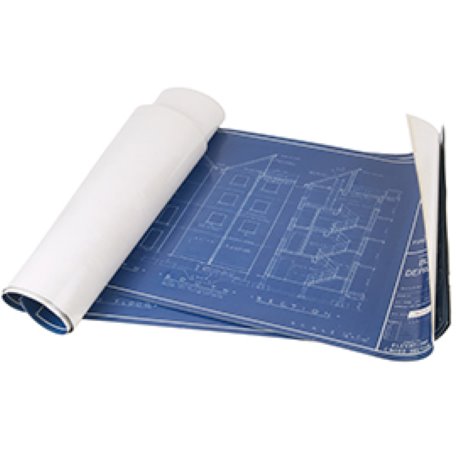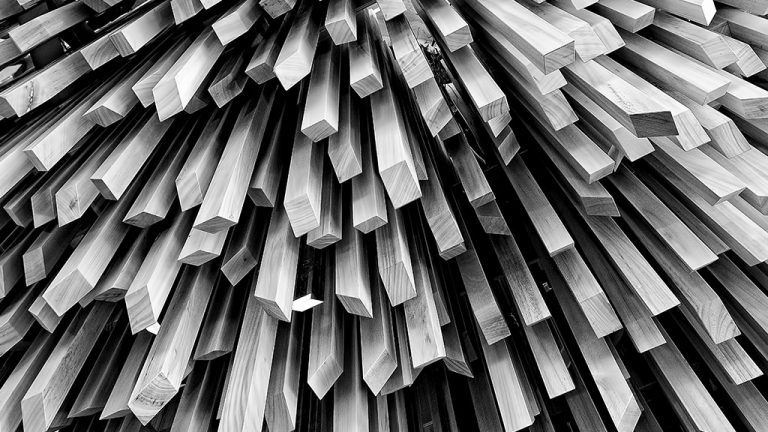Lafarge Canada Inc. is using residual materials from Metro Vancouver’s largest water filtration plant to make cement. Beginning late in spring 2016, Metro Vancouver (Metro) and Lafarge began a trial in which drinking water treatment residuals, a wet, clay-like material left over after the water has been filtered, were shipped from the Seymour-Capilano Filtration Plant on the North Shore to Lafarge’s plant in the suburb of Richmond.
The trial was successful. Lafarge found it was able to replace 2,100 tonnes of virgin red shale it formerly quarried and trucked in from the Fraser Valley. At the same time the trial also ensured the residuals did not create emissions problems at the plant.
"They’re finalizing the agreement now," said Laurie Ford, Metro’s residuals management program manager. "We’re expecting it will be approved later this spring."
The Seymour-Capilano Filtration Plant is located between Metro’s Seymour and Capilano water reservoirs, both of which the plant serves.
"Every year the filtration plant pulls between 8,000 and 10,000 tonnes of sediment and organic matter out of the water from the reservoirs," said Ford.
Until the trials began last year, Metro shipped about 250 truckloads of residual waste per year to the Vancouver landfill in Delta, where it paid a tipping fee.
Now Metro trucks the residuals to Lafarge’s plant in Richmond instead. It pays Lafarge a handling fee, which covers capital expenditures, such as additional storage facilities and the additional mixing that Lafarge needs to do in order to use the material. But what Metro pays Lafarge is less than the tipping fee it used to pay to the Vancouver landfill, so it ends up saving money.
Ford says Metro has been looking into developing beneficial uses of its residual waste "for some time."
For example, Metro has been investigating its use as a fertilizer.
"Our residuals contain a lot of organic matter," Ford said. "Organics can be useful in binding phosphorus so that it stays in the soil instead of leaching out into ponds and lakes, where they help to grow algae. When algae dies, it consumes oxygen, which can kill fish and other aquatic life."
The trial began in a Lafarge plant in the Okanagan and then switched to the Lower Mainland.
"In the early trials with Metro Vancouver, we used the residuals successfully at our Kamloops cement plant," said Jennifer Lewis, Lafarge Canada director of communications. "In October 2016 that plant ceased manufacturing operations due to market conditions.
"Lafarge has an ambitious sustainability plan, including the use of waste-derived resources in our manufacturing process," she added.
Replacing virgin shale with matter left over from filtering water is just one way of making cement more environmentally-friendly.
"Different kinds of industrial byproducts that have cementitious properties can be used in place of less environmentally-friendly materials to make cement," said Shahria Alam, associate professor of engineering at the Kelowna campus of the University of BC.
Examples of such industrial byproducts include granulated blast furnace slag, silica fume and fly ash, which Alam says is the most commonly used.
"They produce a very durable cement, but they can take longer to harden," said Alam. "Other benefits of using an industrial byproduct to make cement are lower cost and reduced carbon emissions."
Alam has conducted research into making cement using the residue left over in a mine after extracting gold.
"The mine residue produces a strong cement," said Alam. "It has good potential, but more tests still need to be done."
The traditional way of making cement is less than kind to the environment.
Cement is a compound of different materials, such as calcium, silica and alumina that consume a lot of energy when they are crushed into a size that is small enough that they can be combined.
And then when they are put into a kiln and heated to very high temperatures, they consume even more energy.
"Everything in the process of making cement takes a lot of energy," says Alam. "As a result, about one kilogram of carbon dioxide is emitted to produce one kilogram of cement."











Recent Comments
comments for this post are closed